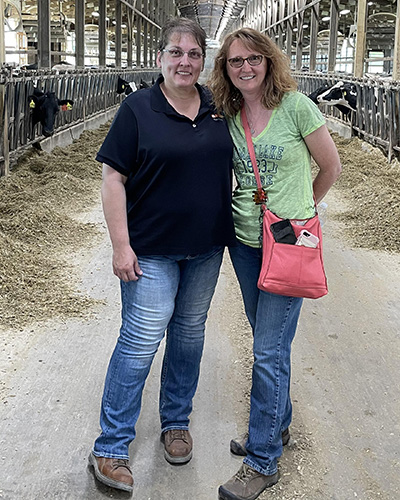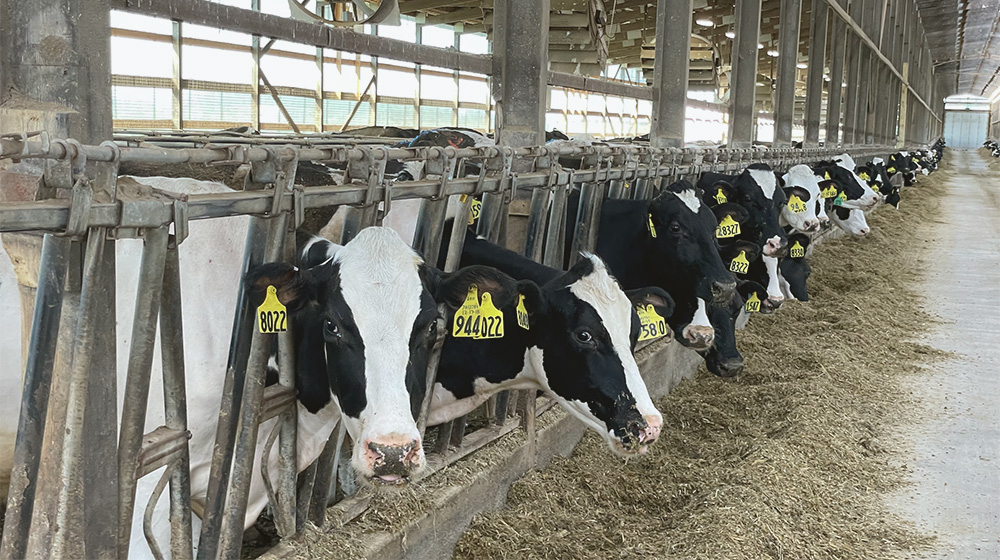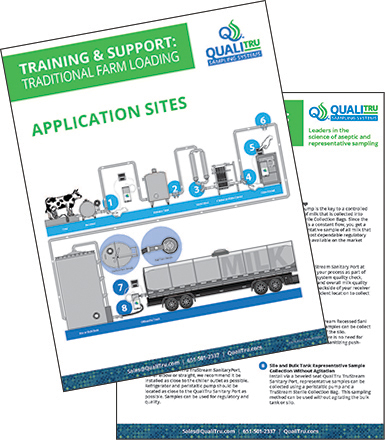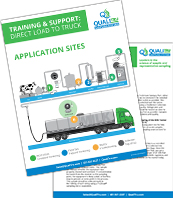Representative Sampling Solves Two Critical Problems for Dairy Farmers – Part 1
 How does representative sampling solve two crucial problems for dairy farmers? Recently, I had the opportunity to have an in-depth conversation with Denise Sutton, Large Farm Sales Manager at DFA Farm Supplies.
How does representative sampling solve two crucial problems for dairy farmers? Recently, I had the opportunity to have an in-depth conversation with Denise Sutton, Large Farm Sales Manager at DFA Farm Supplies.
She has extensive experience in the dairy farm industry, including being a herd manager and running a dairy farm. Denise is also a trusted partner supplying dairy farms with resources to run their operations and working with stakeholders to implement changes.
A conversation about representative sampling for dairy farmers
This is Part 1 of our long conversation. We discussed the importance of sampling for dairy farmers, mainly how they use QualiTru’s representative and aseptic sampling system in their operations.
Mara: What issues do you find farmers solving with sampling systems from QualiTru?
Denise:
- Milk Quality and Herd Health: One common use I see is string sampling, so they can culture or do polymerase chain reaction (PCR) testing on pens or strings to find out which pens are affected with certain pathogens or mastitis to help lower their cell count.
- Payment: Some producers have purchased the QSS to do their payment samples out of silos because they weren’t able to get an accurate payment sample. They were jumping all over the board.
Mara: How often do you feel farmers should be sampling?
Denise: It depends on what farmers are sampling for:
- For payment, farmers should be sampling daily or every time they have a milk pick up.
- If the nutritionist is looking for specific information, such as a change in diet, balancing new rations, and how that affects the quality of the milk and butterfat, sample once a month.
- Pen or string samples for milk quality should probably be done weekly to stay on top of any new pathogens. Especially since many contagious pathogens are cyclical and shedding, you’re going to want to check the health of your herd more frequently.
Mara: What are the best locations on a farm for sampling?
Denise: This will depend on the application.
- On the larger bulk tanks, it’s loadout because that way you know if there are any cleaning issues in that bulk tank as well.
- For direct load, it’s going to be right after the chiller, so the milk is cold when it goes into the refrigerator or cooler for storage.
- For any CIP issue, you’re going to need to move that throughout the system to find out where your cleaning breakdown is happening.
- For pen samples (string samples), you’re going to want to do that in some easy-to-access place because you will need to pull and change the collection bag for every new pen.
For example, a dairy farm could have a pen with 120 cows, and if they have a double 24 parlor, it won’t take long to run them through. This means they will need to have someplace easily accessible to be changing out the collection bags.

In part two of our interview, Denise and I focused on the QualiTru sampling system’s impact on farm workload and problems with inconsistency. She also shared her unique perspectives on possible changes in the dairy industry and why education and training on aseptic sampling are essential.
Stay tuned for part two of the conversation to be published in July.
Helpful resources on applications for dairy farms
The resources listed below provide in-depth descriptions of the most recommended application sites for dairy farms.
Dairy Farm Traditional Farm Loading Application Sites
Dairy Farm Direct Load Application Sites
Reliable representative and aseptic sampling made simple
QualiTru sampling systems are extremely easy to use and implement into your system. Designed for process monitoring for such applications as mastitis control, microbial contamination, component verification, and regulatory compliance, QualiTru provides cost-effective solutions for the highest level of quality assurance.
- Learn more about QualiTru’s representative sampling solutions for dairy farms.
- View our catalog of sampling and process monitoring products






